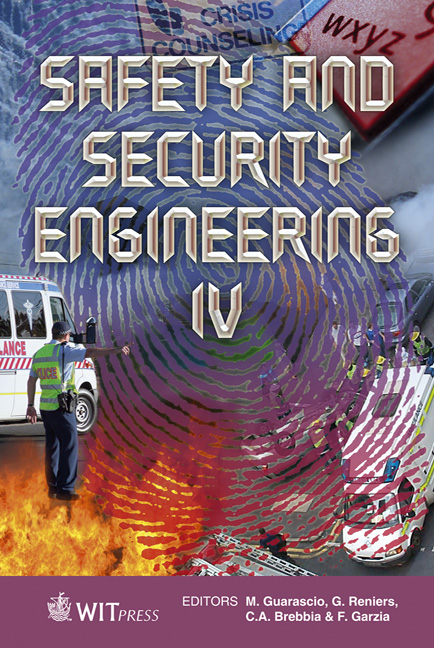A Statistical Approach To Analyze User Behaviour In Road Evacuation
Price
Free (open access)
Transaction
Volume
117
Pages
14
Page Range
377 - 390
Published
2011
Size
716 kb
Paper DOI
10.2495/SAFE110331
Copyright
WIT Press
Author(s)
F. Russo & G. Chilà
Abstract
The international literature related to evacuation conditions proposes many studies which focus on the hurricane emergency case and consider revealed preference (RP) surveys for demand model estimation. As RP data are not available for all dangerous events, such models, derived from observation of past evacuation behaviour, cannot be directly applied to other dangerous events. Prediction of user behaviour becomes essential. For this purpose, evacuation trials and stated preference (SP) surveys may be conducted. As a first step, statistical analysis of stated behaviour in emergency conditions could be carried out. In this work we propose several hypothetical scenarios, which could be classified as SP scenarios, considering three different dangerous situations, with delayed effects in time. A sample of users is considered and their responses are statistically analyzed to study user behaviour in evacuation conditions. Keywords: evacuation conditions, hypothetical scenarios. 1 Introduction In evacuation conditions, demand models specified and calibrated in ordinary conditions cannot be directly applied for several reasons [1, 2]. The international literature related to evacuation conditions proposes many studies which focus on the hurricane emergency case and which consider demand model estimation revealed preference (RP) surveys. The latter supply preferences inferred from observations of a decision maker's actual choices, in relation to real contexts. In much of the literature, two user decisions are simulated: whether or not to evacuate and when. These decisions are simulated through a statistical approach,
Keywords
evacuation conditions, hypothetical scenarios





